Interactive Chess Training
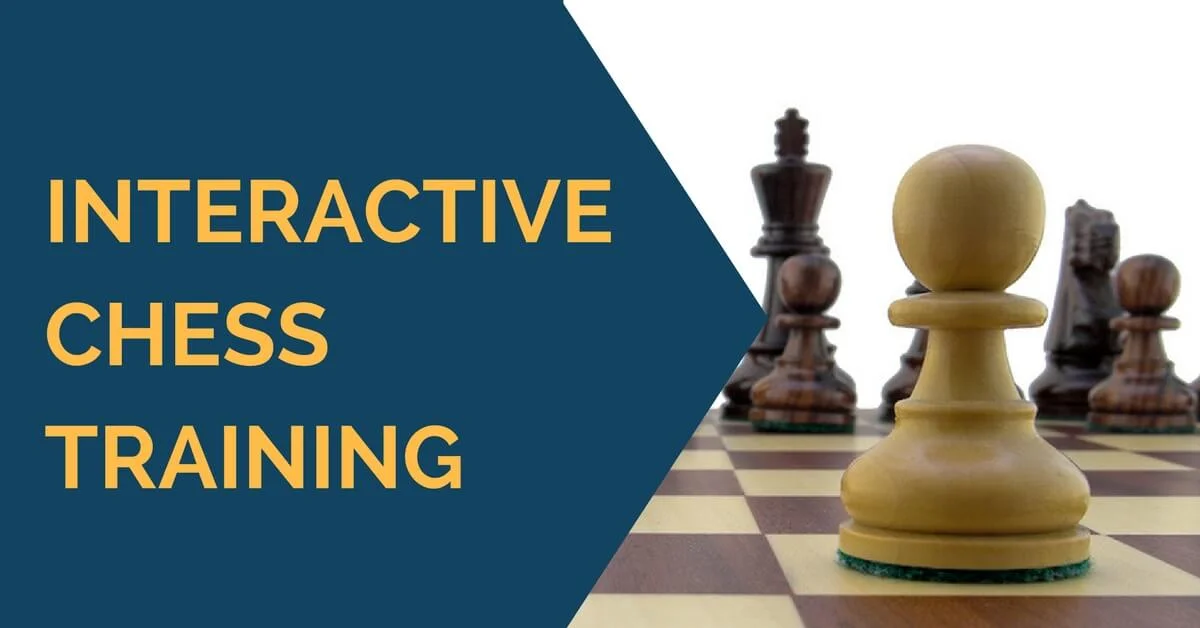
Very often we are asked about training tips and methods to improve one’s own play by doing individual training. As we have written in the past, working alone is quite difficult for beginners. There is no guidance and therefore no feedback on whether you’re doing it right or wrong. In other words, it is easy to get lost and not see any sign of improvement. For this reason, we have always advocated the figure of a trainer.
Even if it is a weekly session only, a trainer is always helpful to know what you have to work on, to clear doubts about openings, to know which openings you have to study. In the case of not having this possibility a good replacement is a training partner of the same or even a slightly superior level, someone you can learn from but at the same time able to put up some fight against.
In this article, we are going to tell you a few training exercises you can do with a partner in order to improve and have fun at the same time.
These exercises are also excellent to work with kids for whom working with books is not as appealing as playing the game. That’s why we also recommend them to the teachers who want to make their lessons fun and active.
We recommend playing these exercises with a time control of 15 minutes each.
1. Reverse blindfold chess
You will only see on the board the move played by you and your opponent. This exercise is meant to develop the student’s vision and ability to calculate moves without moving the pieces. Here is one example:
After the moves: 1.e4 c6
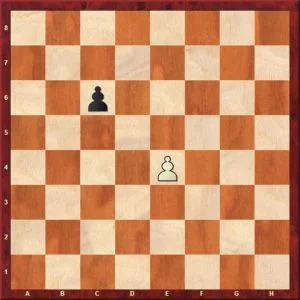
Game can continue: 2.Nf3 d5 3.Nc3 Bg4 4.h3 Bh5 5.ed5 cd5 6.g4 Bg6 7.Ne5 reaching the following position:
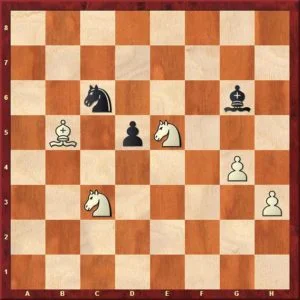
It will get complicated and it will demand a serious effort from both players. It can be useful to annotate the moves while playing.
2. Diverse endgame play based on pawn structures
This one is our favorite and it is quite fun to do as well. Set up the position with a pawn structure typical from any opening you like and then put different pieces according to the endgame you want to play. For example, let’s take a typical structure that can arise from the Catalan, Sicilian, Semi-Slav and French defense:
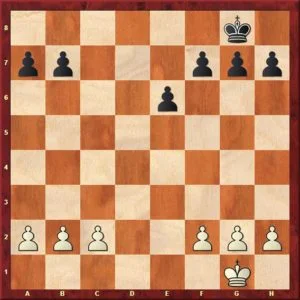
Now, which endgame should we train? Let’s try two bishops vs bishop + knight. The position should now look like this:
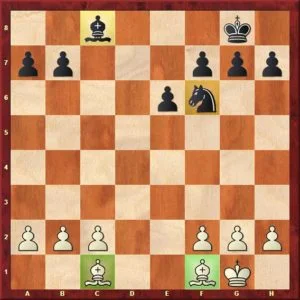
Here the student will work on his endgame technique and how to play with the two bishops advantage. Play it as many times as possible; you can also vary by changing the bishop color, for example, place the bishop on f8 instead of c8.
Repeat the exercise with one bishop vs knight and discover the differences. It should be like this:
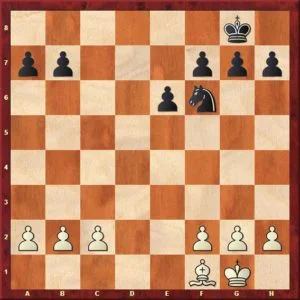
Again, try later the same position with the dark squares bishop on c1.
You can then try all kinds of possible combinations:
Rook + Knight Vs Rook + Bishop
Two Rooks + KnightVs Two Rooks + Bishop
Two KnightsVs Two Bishops
KnightVs Bishop
And so on with all type of endgames. We have tested this type of training before and it certainly works and improves the students’ endgame play. Practice makes it perfect.
Here are some other typical pawn structures that can be used in the same way:
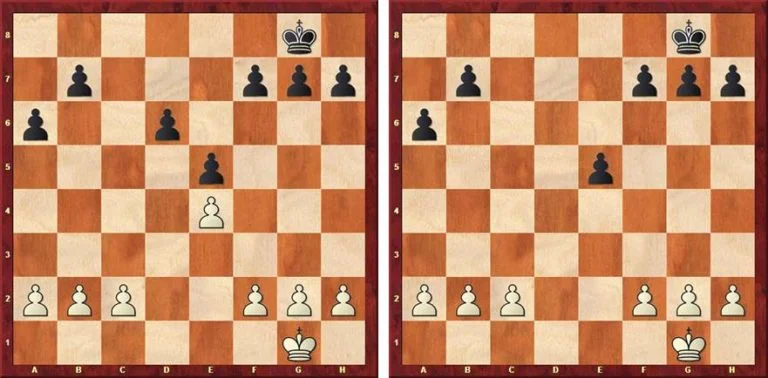
Sicilian Najdorf
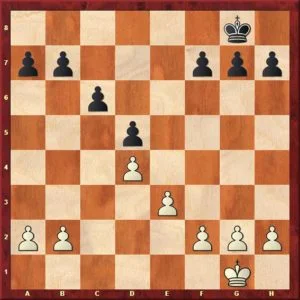
Famous Carlsbad structure can arise from several 1.d4 openings. (Try every possible combination here, with rooks and without them)
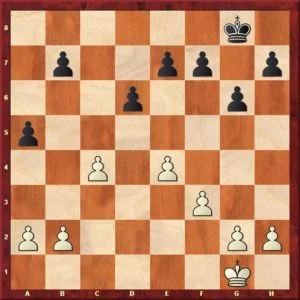
The Maroczy Bind, again a very popular structure, but do you know what it is like to play it in the endgame? You can try all combinations here.
We hope you have enjoyed reading this article, but what’s most important you find it useful either for you or your students. Have fun!
Ready to start winning games? Check out our store and articles:



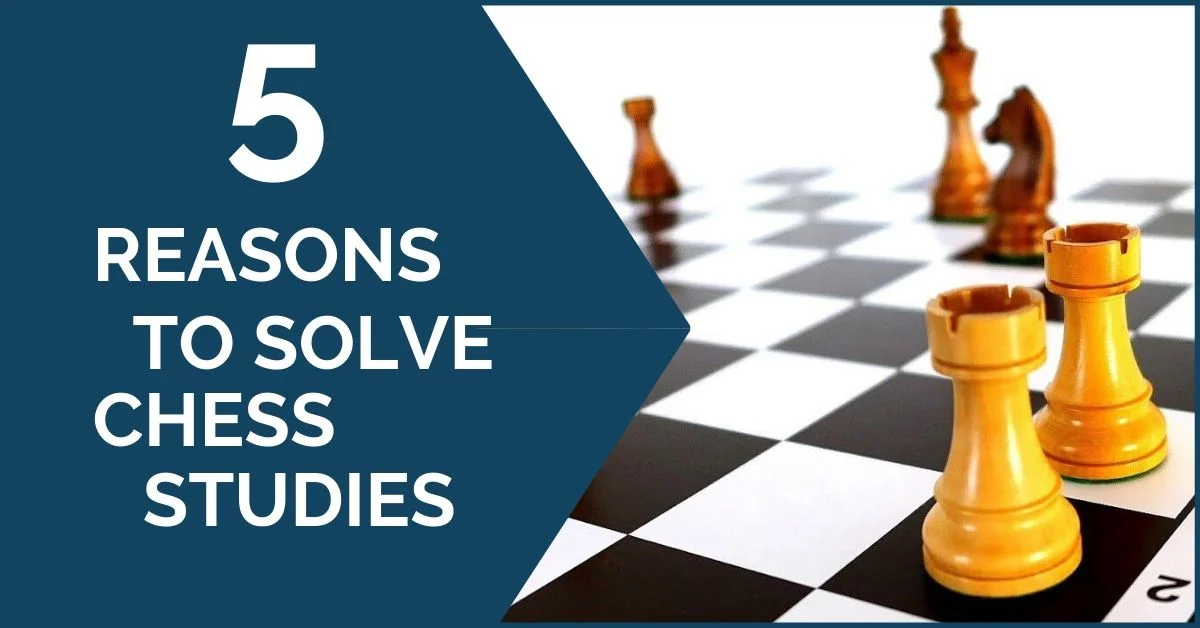
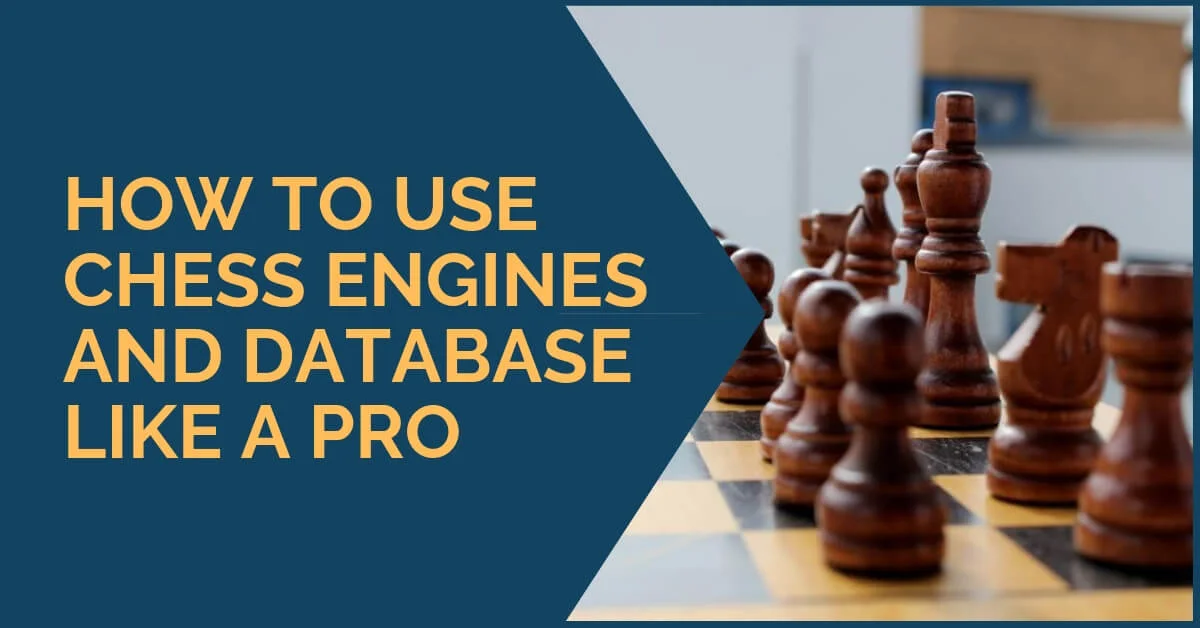
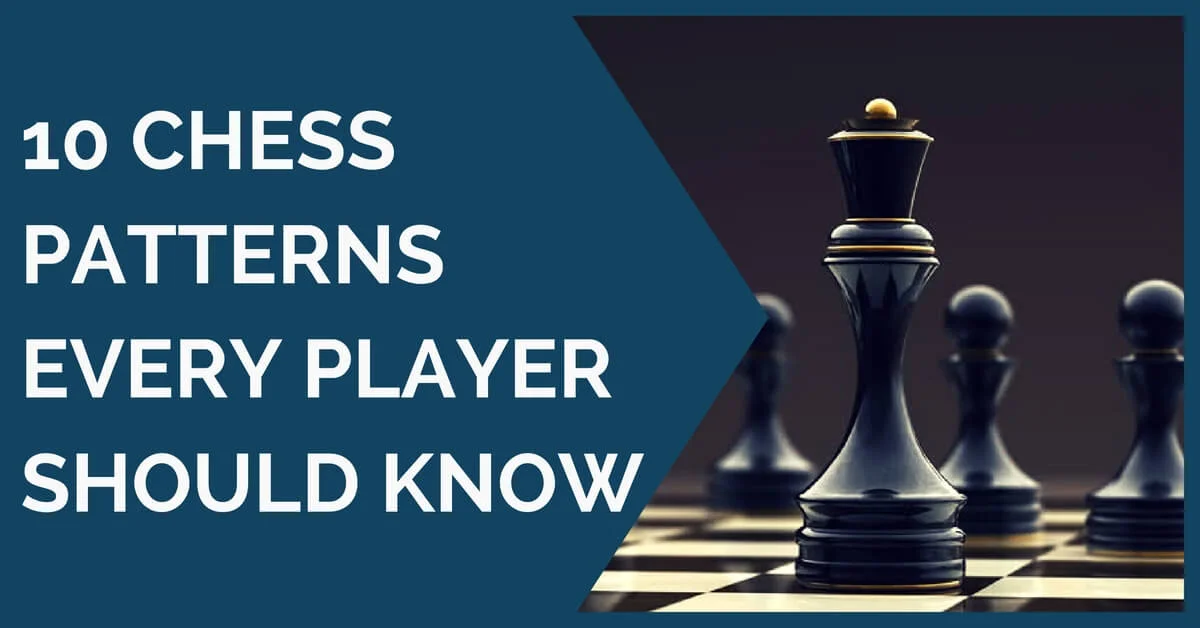




Comments: